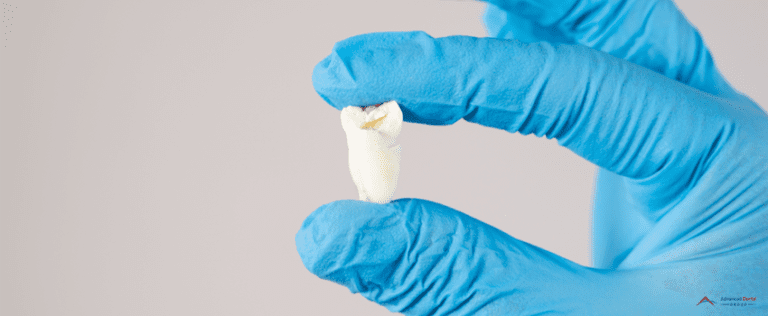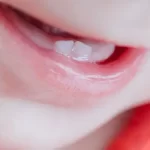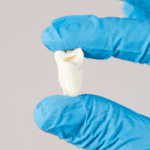Today, it is common knowledge that coronavirus (COVID-19) can spread through the air and cause infection when inhaled. Health experts worldwide recognize this, leading them to stress the importance of wearing face masks to cover the mouth and nose when in a crowded and enclosed environment.
But what about situations where the face mask is removed, particularly in open and invasive dental setups, where dentists and healthcare professionals work closely on the patient’s teeth and mouth?
The goal of making dental appointments safe from airborne infections during the COVID-19 pandemic triggers an interest in establishing an effective air filtration system inside dental offices.
Air Filtration Systems and Coronavirus
SARS-COV-2, the virus causing the COVID-19 disease, is present in saliva and nasal secretions. It can linger in the air whenever an infected patient sneezes, coughs, or talks. According to the Centers for Disease Control, there are three main routes of COVID-19 transmission:
- Transmission via aerosolized viral particle
- Transmission from droplet deposition on objects and surfaces
- Transmission through droplets between two closely interacting people
Aside from strictly following physical distancing and maintaining proper hygiene, personal protective equipment (PPE) like face masks and other respirators protect individuals from inhaling the virus and spreading COVID-19. But in cases where dental personnel need to remove PPEs, experts found that the proper use of an air filtration system or air purifier can prevent the risk of potential viral transmission in some indoor settings.
But how does an air filtration system exactly work to combat COVID-19? A study from a notable university in North Carolina found more viral particles at a distance of one to six feet away from patients. It suggests placing air filtrations systems directly around the patients to effectively capture and purify more viral particles from the air surrounding them.
The whole process has three stages:
1. Air Collection
Multiple fans inside air purifiers will pull the air into the air filtration system.
2. Air Filtration
The air will pass through a series of filters, which will capture airborne particles like dust, pollen, and even tiny viral particles depending on the air filter’s ability.
3. Air Circulation
The “clean” air will then be released from the system and circulated in rooms. This whole process continues until the air filtration system is turned off.
Why Is Air Filtration for Dental Offices Important?
Maintaining clean air through an air filtration system is a standard practice in most dental offices to mitigate the risk of indoor contamination such as:
1. Harmful Bio-Aerosols
Many dental procedures produce aerosols and droplets containing microorganisms from biological fluids like saliva and blood, potentially spreading the infection to dentists and other dental personnel. Aerosol clouds are often evident during tooth preparation, water syringes, and dental air polishing.
2. Toxic Vapors
Chemical compounds found in many dental materials can be dispersed into the air. One famous example is the release of mercury vapor when dentists remove amalgam fillings. In a laboratory setting, the production of dental prostheses such as bridges, crowns, inlays, or onlays generates hazardous chemicals.
3. Allergens
Allergens like pollen, molds, dust, or animal dander may come from many sources, notably outdoor air pollution. They can flow via open windows and doors and get trapped on curtains, sofas, or carpets. They can be easily disturbed from being latched on the surfaces and suspended in the air. Inhalation can lead to allergic reactions such as itchy eyes, runny nose, headaches, skin rashes, and nausea.
4. Infectious Diseases
Sick patients usually choose to cancel their dental appointments. But, pre-symptomatic or post-symptomatic patients can undergo dental procedures, not realizing they still carry viruses in their system and spread infectious illnesses throughout the dental office.
Types of Air Filtration System for Dental Office During Pandemic
Countless researches have been analyzing indoor air quality at dental offices and finding feasible solutions for improvement. The proven effectiveness of air filtration for dental offices is an opportunity to reduce exposure of dentists and patients to airborne contaminants.
The various kinds of dental air filtration systems depend on the conditions involved in dental practices. There are three types of technologies standard in air filtrations systems; each can be combined to filter out even microscopic particles.
1. HEPA Air Filters
In dental air filtration systems, high-efficiency Particulate Air (HEAP) filters can capture particles as small as 0.3 microns. HEPA filters are thin strands of glass fibers, which form into a mesh and trap particles from the air. Because of their ability to filter the tiniest particles, they effectively remove aerosols containing COVID-19.
2. UV Air Purifiers
Ultraviolet (UV) air purifiers can be an added layer of protection against contaminants and pathogens lingering in the air. UV technology can also disinfect dental materials to minimize the risk of COVID-19 transmission.
3. Ionic Air Purifiers
An ionic air filtration system for dental office is considered a sophisticated approach in removing allergens and contaminants. Ionic purifiers deactivate particulate matters by releasing negative ions and giving them electrical charges, causing them to accumulate and fall instead of being suspended in the air and potentially causing infection when inhaled.
Advanced Dental Group Prioritizes Your Safety
Dental health is important, pandemic or not.
Before choosing to skip your dental appointment, let your dentist know your concerns. Advanced Dental Group uses the latest dental air filtration technologies to help you find a dentist who strictly follows COVID-19 protocols and prioritizes your safety. Give us a call for additional instructions to ensure your safety during your dental appointments.





